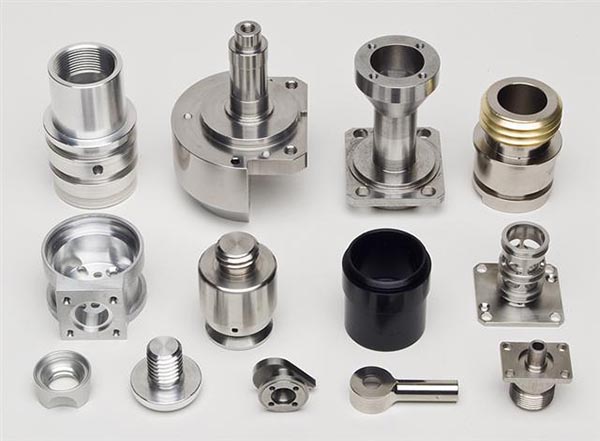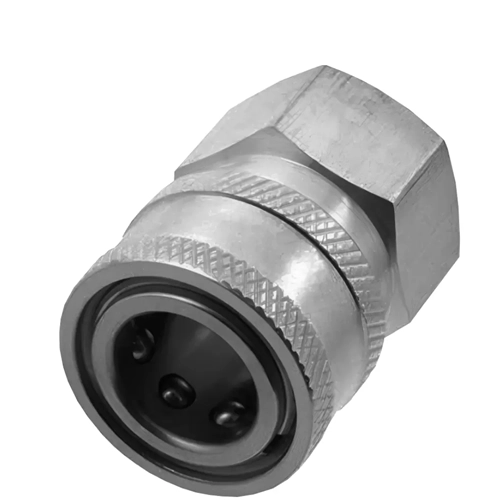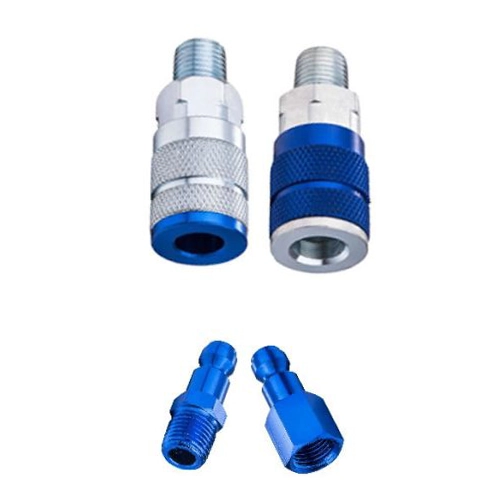Choosing the right CNC machine tool needs to consider a number of factors, the following are some key points:
First, clear processing needs
Determine the type and material of machined parts:
Choose the right CNC machine tool according to the type of parts (such as shafts, boxes, cavities, molds, etc.) and materials (such as cast iron, copper alloy, aluminum alloy, steel, etc.) that need to be processed. Different parts and materials have different requirements for the accuracy, power, stiffness and so on.
Analysis of processing technology and accuracy requirements:
Evaluate the complexity of the machining process, such as whether it requires multi-axis linkage, high-speed cutting, high-precision machining, etc.
Determine the machining accuracy requirements of the parts, including dimensional accuracy, shape accuracy, surface roughness, etc.
Second, select the machine type and configuration
Determine the machine type:
Select the right type of machine tool according to the processing needs, such as CNC lathes, CNC milling machines, machining centers, etc.
If you need to process complex surfaces or multi-process processing, you can consider choosing a machining center.
Choose the right CNC system:
Numerical control system is the core part of CNC machine tool, which directly affects the performance and accuracy of machine tool.
You can choose well-known imported brands (such as Japan’s FANUC, Mitsubishi, Germany’s Siemens, etc.) or domestic quality brands (such as Huazhong Numerical Control, Guangzhou Numerical control, etc.) of the numerical control system.
When choosing a CNC system, it is necessary to consider whether its function meets the processing needs, as well as the stability, ease of use and after-sales service of the system.
Determine the main specifications and accuracy of the machine:
According to the size and accuracy requirements of the machined parts, select the appropriate machine table size, travel range, spindle motor power and precision specifications.
Special attention is paid to key indicators such as repeated positioning accuracy and roundness of the machine tool, which directly affect the machining accuracy of the parts.
Third, evaluate the rigidity and stability of the machine tool
Check the structural design of the machine tool:
The rigidity of the machine directly affects the vibration and deformation of the machining process.
Select machine tools with reasonable structural design, high-strength materials and high-precision machining to ensure that their rigidity meets the processing needs.
Evaluate the stability of the machine:
When choosing a machine tool, it is necessary to consider its long-term stability.
The stability of the machine can be assessed by looking at the manufacturer’s qualification, user feedback, after-sales service and other factors.
Fourth, consider the ease of use and maintenance of the machine tool
Evaluate the ease of use of the machine:
Choose a machine with an intuitive, easy-to-use operating interface to reduce operating difficulty and training costs.
Consider the programming and simulation functions of the machine tool for easier process planning and machining simulation.
Consider the maintainability of the machine:
Choose machines that are easy to maintain and maintain to reduce maintenance costs and downtime.
Consider spare parts availability and after-sales service quality of the machine to ensure timely support and assistance when needed.
Fifth, choose reliable suppliers and service providers
Evaluate supplier’s strength and reputation:
Choose suppliers with rich production experience and strong technical strength.
Evaluate suppliers’ market reputation and user feedback, and select reputable suppliers.
Learn about after-sales service:
When choosing a supplier, we should consider whether the after-sales service provided by it is perfect.
Including installation and commissioning, technical training, fault maintenance, spare parts supply and other aspects of service content and service quality.
Sixth, comprehensive consideration of cost performance
Compare the cost performance of different machine tools:
When choosing a machine tool, it is necessary to comprehensively consider its performance, accuracy, price, after-sales service and other factors.
Choose a cost-effective machine tool to ensure that the processing needs are met while reducing procurement costs and maintenance costs.
Seventh, practical investigation and trial cutting
Visit the supplier’s production site:
Before choosing a machine tool, you can visit the supplier’s production site to understand its production process, quality control and after-sales service.
For trial cutting:
If conditions permit, test cutting can be carried out to evaluate the actual processing effect and performance of the machine tool.
To sum up, choosing the right CNC machine tool needs to consider a number of factors. By defining the processing needs, selecting the type and configuration of the machine tool, evaluating the rigidity and stability of the machine tool, considering the ease of use and maintenance of the machine tool, selecting reliable suppliers and service providers, considering the cost performance and actual inspection and trial cutting steps, you can choose the most suitable CNC machine tool for your processing needs.





